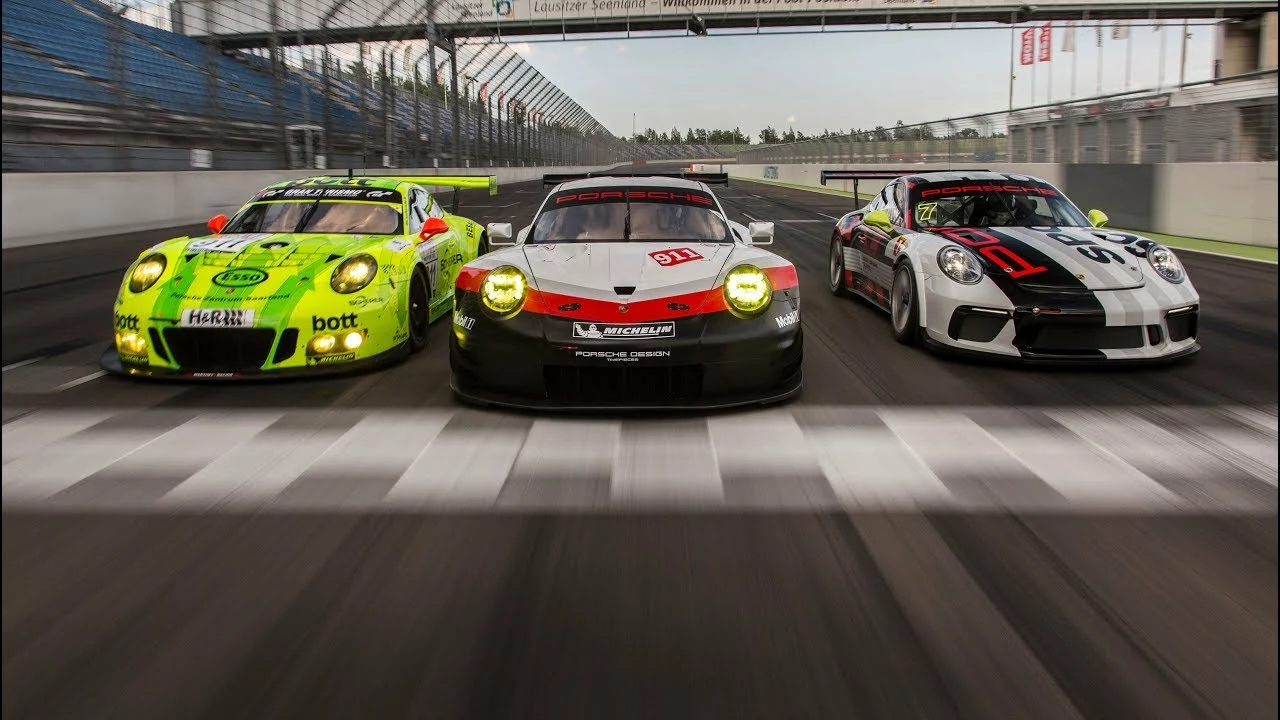Speed Thrill – Your Quick Guide to Racing Excitement
Ever wondered why a 300 km/h lap gets your heart pounding? It’s the blend of raw power, razor‑sharp focus, and the pure joy of moving faster than most people ever will. On this page we’ll break down what makes speed thrill so addictive and give you real‑world tips to feel that rush without risking a crash.
First off, the rush isn’t just about numbers on a scoreboard. It’s the surge of adrenaline when you hear the engine roar, the vibration under your seat, and the instant you’re leaning into a corner. That feeling tells your brain you’re alive, and it’s why fans keep coming back for more.
What Makes Speed Thrill So Addictive?
Speed thrills because it pushes the limits of both machine and mind. When a bike slices through the Isle of Man TT or a MotoGP rider uses counter‑steering, you see physics turned into art. The rider isn’t just turning a handle; they’re moving the bike by shifting momentum, a technique that looks simple but demands split‑second judgment.
Cars and motorcycles each bring a different flavor. A turbocharged race car offers straight‑line acceleration that feels like a rocket launch, while a superbike gives you a soundtrack of high‑pitched whine and quick direction changes. Both feed the same craving – the need to test how fast you can go and how well you can stay in control.
Watching a NASCAR oval or an F1 circuit also adds variety. The sheer contrast in car design, track layout, and race strategy keeps the speed thrill fresh. One lap might be a 2‑minute sprint on a tight street circuit, the next a 5‑hour endurance test at Le Mans.
How to Experience the Thrill Safely
If you want to join the action, start with a proper racing licence. Most clubs require a basic road‑safety test, followed by a few on‑track sessions. This builds the muscle memory you need before tackling high‑speed corners.
Next, invest in safety gear that fits right. A full‑face helmet, helmet‑rated gloves, and a snug racing suit aren’t just accessories; they’re the difference between a close call and a serious injury.
Pick a track or event that matches your skill level. Beginner-friendly series often have slower‑pacing classes where you can practice braking and cornering without feeling overwhelmed. As you improve, move up to faster classes.
Don’t forget the basics: check tire pressure, ensure brakes are responsive, and keep your vehicle’s weight distribution balanced. Small tweaks like lowering the centre of gravity can dramatically improve handling at high speed.
Finally, watch the pros. Study how a MotoGP rider shifts weight on a tight left‑hand turn or how an F1 driver manages tire degradation over a race distance. Those insights give you a cheat‑sheet for making faster, safer decisions on the track.
Ready to feel the speed thrill for yourself? Browse our articles for deeper dives into bike setups, car aerodynamics, and race‑day strategies. Whether you’re a fan watching from the stands or a rookie behind the wheel, the rush is waiting – just drive responsibly and enjoy the ride.

The allure of racing cars lies in the adrenaline rush they provide, the incredible speed they can reach, and the precision driving skills they demand. The sleek design and advanced technology of these machines also contribute to their appeal. As a racing enthusiast, I'm captivated by the intense competition and strategic elements of the sport. The roar of the engines, the smell of the rubber, and the excitement of the crowd make the racing experience truly unique. Ultimately, it's a combination of thrill, beauty, skill, and competition that fuels my fascination with racing cars.
Read More